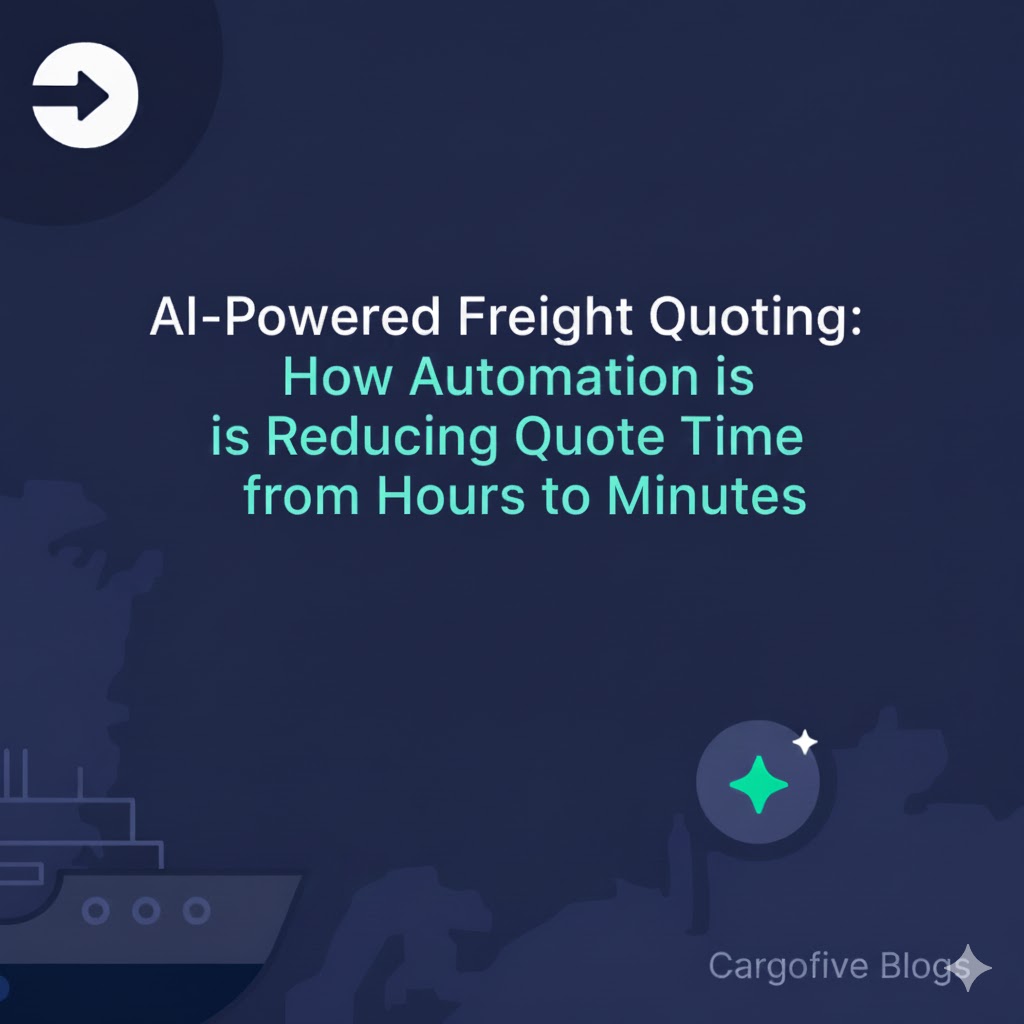The news about the Red Sea crisis and its implications in the maritime transport sector offers a complex but enlightening view for freight forwarders. At first glance, the situation might seem daunting, yet there are several ways forwarders can benefit from this juncture by adapting and capitalizing on the changing market dynamics. Here are some key strategies and perspectives:
1. Adaptation to Alternative Routes
The necessity to bypass the Red Sea has led shipping companies to opt for longer routes, such as rounding the Cape of Good Hope. Forwarders can leverage this by offering optimized logistic services that fit these new routes, providing creative solutions to maintain efficiency in transit times and costs.
Example: A forwarder redirects a shipment from Asia to Europe via the Cape of Good Hope, reducing costs by negotiating bulk transport rates for the longer journey.
2. Negotiation of Competitive Rates
With the fall in freight prices and the introduction of new ships with greater capacity, forwarders are well-placed to negotiate more competitive rates. This price adjustment, if strategically managed, can allow them to offer more attractive quotes to their clients, maintaining or even improving their profit margins.
Example: Securing a long-term agreement with a carrier at a reduced rate for consistent volume, passing savings onto customers to win more business.
3. Capacity Optimization
The overcapacity announced by Maersk suggests there will be greater space availability on ships. Forwarders can benefit from this by securing spaces at reduced prices and offering these benefits to their clients, thus improving their value proposition against the competition.
Example: Booking excess space on a vessel at a discounted rate and offering it to clients with flexible shipping dates at a competitive price.
4. Predictive Analysis and Strategic Planning
Maersk’s anticipation of the prolonged disruption from the conflict in the Middle East and the eventual market overcapacity provides forwarders an opportunity for predictive analysis. Using data analysis tools and market trends, they can plan, and adjusting their space buying strategy and long-term contract management to maximize efficiency and profitability. Cargofive offers this kind of tool to forwarders, so they enhance their commercial strategies instantly.
Example: Analyzing market trends to predict a drop in rates, delaying contract negotiations to secure lower prices.
5. Service Diversification
The current crisis underscores the importance of diversification in the services offered by forwarders. Expanding the range of services to include, for example, storage solutions, inventory management, or value-added logistic services, can help mitigate the negative impacts of market fluctuations on the maritime transport segment.
Example: Offering warehousing options for clients to store goods until shipping rates decrease, adding value and increasing customer retention.
6. Proactive Communication with Clients
In times of uncertainty, clear and proactive communication with clients is crucial. Forwarders should inform their clients about how the current situation affects routes, delivery times, and costs, and how they are working to mitigate these impacts. This can strengthen long-term relationships and build trust.
Example: Sending regular updates and holding webinars to inform clients about market conditions and how they affect shipping options.
7. Leveraging Technology
Adopting advanced technological solutions, such as freight management platforms and route optimization tools, can be crucial for handling market volatility. These tools allow forwarders to quickly respond to changes, optimize operations, and improve decision-making.
Example: Using a freight management system that integrates real-time data to select the most cost-effective routes and carriers.
Conclusion
While the current challenges in maritime transport might seem daunting, they also offer significant opportunities for forwarders who can quickly adapt and capitalize on the new market dynamics. Through smart strategies, effective negotiation, and a proactive approach to planning and diversification, forwarders can not only survive but thrive, transforming challenges into competitive advantages.
AUTHOR



